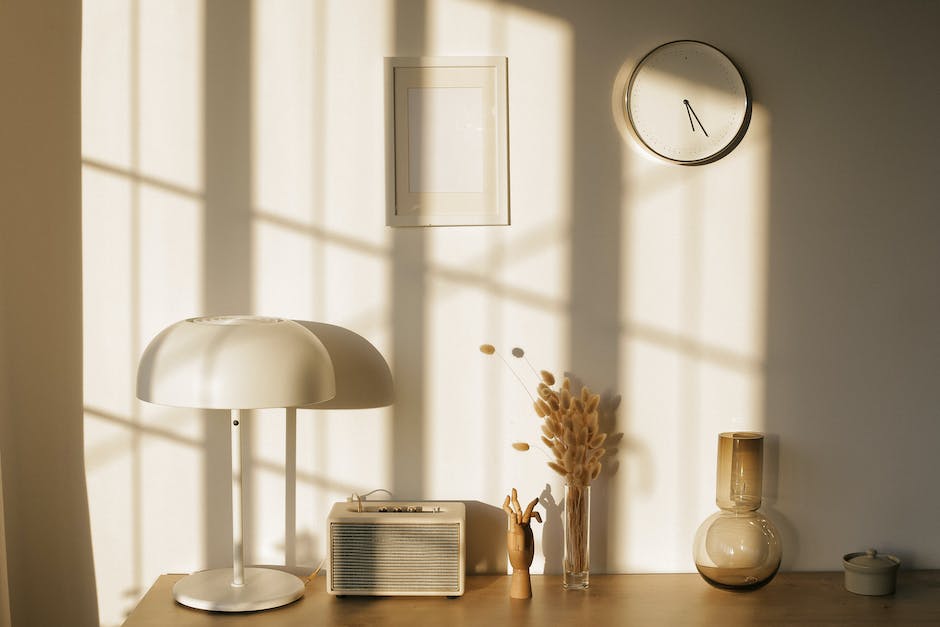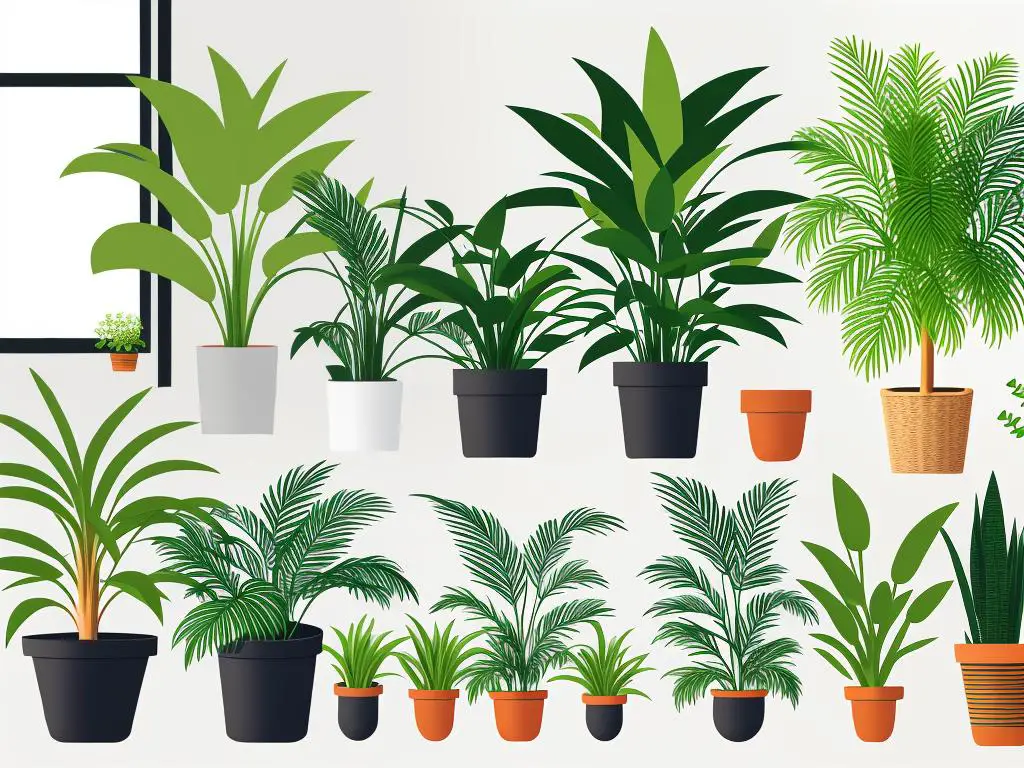Mastering the art of maintaining houseplants begins with understanding your surroundings. Your home can be a living ecosystem teeming with lush green houseplants, once you understand how different rooms in your house can serve as nurturing habitats. The first crucial aspect is understanding light conditions. Different rooms in your house bathe in varied natural and artificial light intensities throughout the day. These light conditions, broadly categorised as ‘low-light,’ ‘moderate-light,’ and ‘high-light’, can dictate the variety of plants you can grow in those rooms. Another crucial component is learning about proper plant placement. Many factors such as light requirements, humidity preferences, and temperature tolerances determine which plants thrive in which rooms. The final step is to ascertain the basic rules of plant care, including watering, fertilising, and pest control for your vibrant indoor companions.
Understanding Light Conditions
Understanding Light Conditions
Different rooms within your home harbour distinct configurations of light, with factors such as the positioning of the room with respect to the sun and the room’s use influencing the light conditions within. Light is a fundamental aspect to consider when selecting houseplants, as it is integral to their photosynthesis process — the way in which they garner energy.
Determining a Room’s Light Condition
Determining a room’s light condition pivots primarily around its exposure to natural light. Spaces with orientations towards the east and west tend to receive the most natural light, replete with morning and afternoon sun respectively. North-facing rooms are prone to lower amounts of natural light, meanwhile, south-facing spaces obtain an ample median level, with a consistent stream of sunlight throughout the day.
Windows, or lack thereof, are another germane consideration. Rooms abundant with windows can bask in natural light, whereas windowless rooms or those with smaller or fewer windows do not have as much advantage.
Artificial light can supplement the deficits of natural light. As such, rooms that are lit for longer periods with lamps or overhead lighting may have a greater light condition than is immediately apparent.
Plant Light Requirements
Three common phrases are used within the horticulture sphere to delineate plant light requirements: low-light, moderate-light, and high-light.
‘Low-light’ plants thrive in minimal light conditions and are adept at photosynthesis in such environments. They are ideal in north-facing rooms or rooms with a dearth of windows. Examples of low-light plants include the ZZ Plant (Zamioculcas zamiifolia) and Snake Plant (Sansevieria trifasciata).
‘Moderate-light’ plants necessitate a moderate level of light, best suited to east or west-facing rooms. These plants do well in locations near windows where they can bask in indirect sun. Some popular moderate-light plants include the Boston Fern (Nephrolepis exaltata) and the Areca Palm (Dypsis lutescens).
‘High-light’ plants require copious amounts of light and should be situated in sunlit, south-facing rooms or directly in a window’s vicinity. High-light plants include the String of Pearls (Senecio rowleyanus) and the Fiddle Leaf Fig (Ficus lyrata).
Determining Light Levels
In order to determine what kind of light your rooms have, observe the flow of sunlight across your home at different points in the day, noting which rooms are consistently well-lit. Furthermore, notice the intensity of artificial light in your spaces during the evenings. The combination of these observations should provide insightful guidance in choosing apt houseplants for each room.

Proper Plant Placement
Understanding Houseplants and Their Preferences
Houseplants come in an array of types, each with specific needs and preferences. Some plants crave abundant sunlight, while others can thrive in low-light conditions. Further, environmental factors like humidity and temperature tolerance vary drastically amongst different species. Understanding these factors can greatly aid in deciding where in your home each plant should be placed.
Making Light of the Matter
Light is a primary requirement for all plants, but the strength and duration they need depends widely on their type. For instance, Succulents and Cacti such as Aloe and Jade plant prefer bright light and can be placed near south-facing windows. In contrast, leafy plants like the Swiss Cheese Plant or Zamioculcas demand less light and can do well in north-facing rooms or corners.
Humidity and Temperature Tidbits
Humidity and temperature tolerances go hand in hand when pondering on the optimal placement of plants. Tropical plants like Orchids or Bromeliads flourish in warm, humid environments and would be a spectacular fit for a bathroom. Ferns and Mosses, which rely heavily on moisture, may also enjoy the higher humidity of such rooms.
On the other hand, Mediterranean plants like Lavender or Rosemary can withstand cooler, drier temperatures, making them suitable for cooler areas or perhaps a conservatory.
Evaluating Your Environment
Consider the environments in your home. Kitchens and bathrooms often have higher humidity and can tolerate plants that enjoy moisture-rich settings. Living rooms and bedrooms, especially if they have large windows, can accommodate plants that need a lot of light. However, if these rooms are on the cooler side, think about plants known for their resilience to lower temperatures.
Choosing Appropriate Houseplants
You’ve got a range of plants to choose from. If you want a plant for your bathroom, think about the Boston fern or ZZ plant. For the kitchen, herbs like Parsley and Thyme are not only aesthetic but practical. Sun-loving plants, like the Snake Plant or Spider Plant, are perfect for living rooms with plenty of natural light.
Remember that plant care extends beyond placement. Regular watering, feeding, and occasional re-potting are also part of keeping houseplants healthy. So once you’ve placed your plants wisely, make sure you continue to care for them accordingly.

Plant Care Basics
A Thorough Guide to Watering Houseplants
In theory, watering plants is simple, yet it is something several people still struggle with. So how much water does a plant require? The answer lies in the type of plant. Every species would have its specific watering requirements. More often than not, the container’s size and material, your room’s temperature and light levels can influence how quickly a plant uses water.
A rule of thumb for most houseplants is to wait until the top layer of the soil is dry before you water them again. However, some plants, such as ferns and peace lilies, prefer consistently moist soil. In contrast, succulents and cacti like their soil to dry out entirely between waterings. Remember, overwatering can lead to root rot, which can ultimately kill your plant.
Fertilising Your Houseplants
Plants require nutrients to grow, which is usually obtained from the soil. However, in an indoor setting, they can deplete these resources quickly, leading to stunted growth or yellowing leaves. Here’s where fertilising comes into play.
Every month, particularly during the growing season, feed your houseplants with a suitable indoor plant fertiliser. Avoid fertilising during the dormant winter months and for a month or two after repotting, as the fresh compost often contains nutrients.
Identifying and Treating Common Pests and Diseases
Houseplants are not immune to pests and diseases. Spider mites, aphids, mealybugs and scale insects are common pests that could harm your plants. On the other hand, common diseases include powdery mildew, botrytis, and leaf spot diseases.
To protect your plants, check them regularly for any signs of pest infestation or disease. Prune any infected leaves and stem and treat them with either natural remedies or a suitable insecticide or fungicide. With correct identifying and treatment, you will keep your housplants looking their best.
Choosing Houseplants Based on Room Conditions
One essential aspect is choosing the right plant for the right room. Factors such as light level, room temperature and humidity play a significant role in plant health.
For low light rooms, consider plants such as pothos, snake plants, or ZZ plants. If you have a bright, sun-drenched room, opt for succulents, aloe, or fiddle leaf fig.
Bathrooms often have high humidity and low light, making them ideal for ferns, spider plants and peace lilies. On the other hand, succulents and cacti would prefer the often dry and warm environment of a living room or home office.
Understanding and offering what each plant species needs is crucial to maintaining lush, healthy houseplants. By following these basics, your greeneries will not only survive but thrive in your indoor spaces.

The right selection and care of houseplants can elevate your living space to a thriving, green sanctuary – a much-needed respite in this fast-paced world. Armed with advanced knowledge about lighting conditions, you command the power to turn any part of your home into a blooming indoor garden. With understanding of various plants and their needs, you can achieve the harmony of a delicately balanced ecosystem right at your home. Once you grasp the basic tenets of plant care, you are no more a gardener, but a custodian of life, nurturing and breathing life into your living space. Embrace this verdant journey and let the shared growth of you and your houseplants bring tranquillity to your everyday life.
